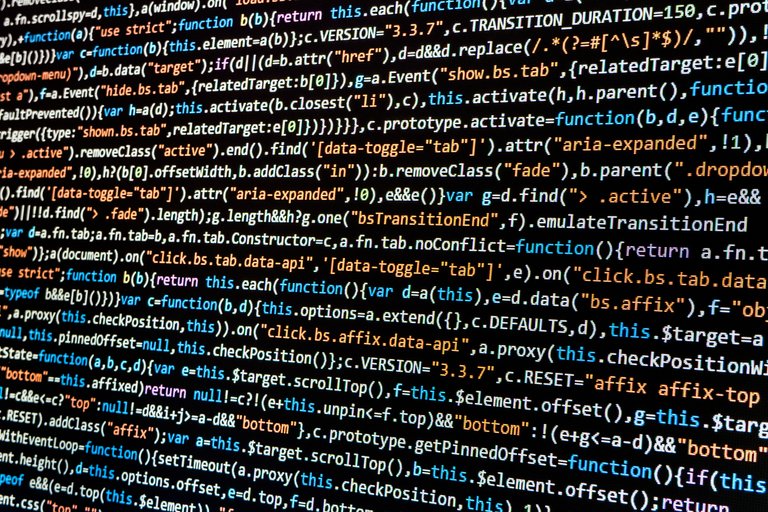You probably have heard of bitcoin and cryptocurrency by now. And as of late the term “Blockchain“ has made huge splashes in the tech community.
It’s the technology that underpins digital currencies and ensures that all transactions are properly conducted and recorded. But what is stored on the blockchain need not be just a monetary unit - it can be put to all manner of other interesting uses.
But, there is one underlying question most have.
What are the blockchain applications of the future?
As it turns out, more applications besides the currency can be developed to harness the technology. The following are five of the blockchain ideas that are in work in progress stage.
#DISTRIBUTED CLOUD STORAGE
Blockchain data storage will become a massive disruptor shortly. (3-5 years)
Current cloud storage services are centralized — thus you the users must place trust in a single storage provider. “They” control all of your online assets.
On the other hand with the Blockchain, this can become decentralized. For instance, Storj is beta-testing cloud storage using a Blockchain-powered network to improve security and decrease dependency. Additionally, users (you) can rent out their excess storage capacity, Airbnb-style, creating new marketplaces.
#DIGITAL IDENTITY
Imagine never having to worry about your digital security every again. It’s a massive problem in the world.
Which is now estimated to cost the industry about $18.5 billion annually, according to a report released Thursday by Distil Networks.
That means for every $3 spent, $1 is going to ad fraud.

Blockchain technologies make tracking and managing digital identities both secure and efficient, resulting in seamless sign-on and reduced fraud.
#Blockchain Identity Use Cases
Blockchain technology can be applied to identity applications in the following areas:
Digital Identities
Passports
E-Residency
Birth Certificates
Wedding Certificates
IDs
#ShoCard is a digital identity that protects consumer privacy and is as easy to understand and use as showing a driver’s license. It’s optimized for mobile and so secure that a bank can rely on it.
#SMART CONTRACTS
What if you could cut your mortgage rate, make it easier to update your will?
The world of smart contracts is fast approaching, but what are they?
These are legally binding programmable digitized contracts entered on the blockchain. What developers do is to implement legal contracts as variables and statements that can release of funds using the bitcoin network as a ‘3rd party executor’, rather than trusting a single central authority.
#DIGITAL VOTING
The greatest barrier to getting electoral processes online, according to its detractors, is security. Using the blockchain, a voter could check that her or his vote was successfully transmitted while remaining anonymous to the rest of the world. In 2014, Liberal Alliance, a political party in Denmark, became the first organization to use blockchain to vote. With American voter turnout still shockingly low, distributed digital voting may represent a way to enfranchise non-participants.
#DECENTRALIZED NOTARY
One interesting feature of the blockchain is its timestamp feature. The whole network essentially validates the state of wrapped piece of data (called a hash) at a certain particular time. As a trustless decentralized network, it essentially confirms the existence of [something] at a stated time that is further provable in a court of law. Until now, only centralized notary services could serve this purpose.
Manuel Aráoz, a Buenos Aires, Argentina-based developer, who built Proof of Existence as a decentralized method of verification, a kind of cryptographic notary service explained:
#HOW IT WORKS
Proof of Existence allows users to upload a file and pay a transaction fee to have a cryptographic proof of it included on the bitcoin blockchain. The actual data is not stored online and therefore does not risk unwanted publication of the user’s material.
After anonymously uploading the document and paying the network fee, a hash of the document (or any other type of digital file) is generated as part of the transaction.
The Proof of Existence website shows recently uploaded files that have hashes on the block chain.
This, in effect, uses the public and ledger-like nature of the blockchain to store the proof of your file, which can later be verified should an issue of authorship or dating arise.
As mentioned above, most of these applications are still underdeveloped The future potential of the blockchain applications is still unraveling. The next couples of years will be all about experimenting and applying to all aspects of society. Regardless of which application comes first on a global scale. The bottom line is, Blockchain is here to stay and is transforming how our society functions.
Hi! I am a robot. I just upvoted you! I found similar content that readers might be interested in:
https://medium.com/@ameerrosic/5-blockchain-applications-that-will-transform-society-what-is-the-future-of-blockchain-2d766edfe896